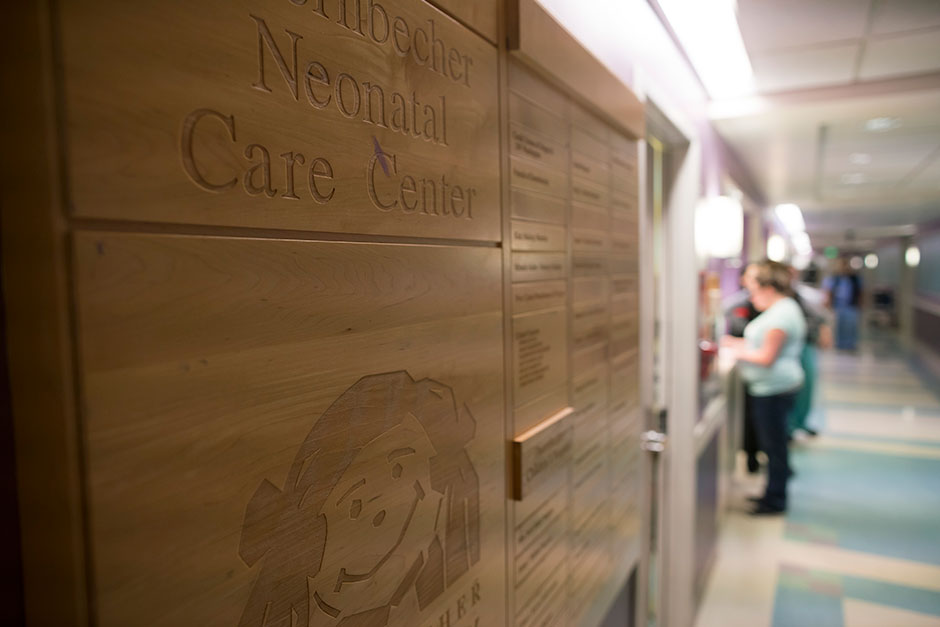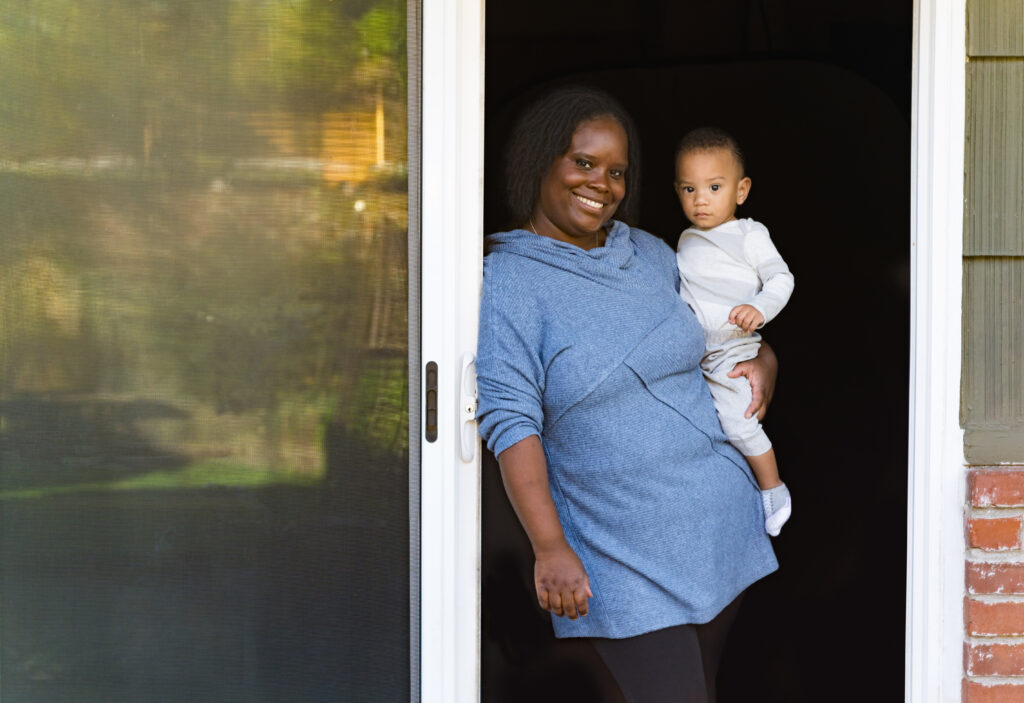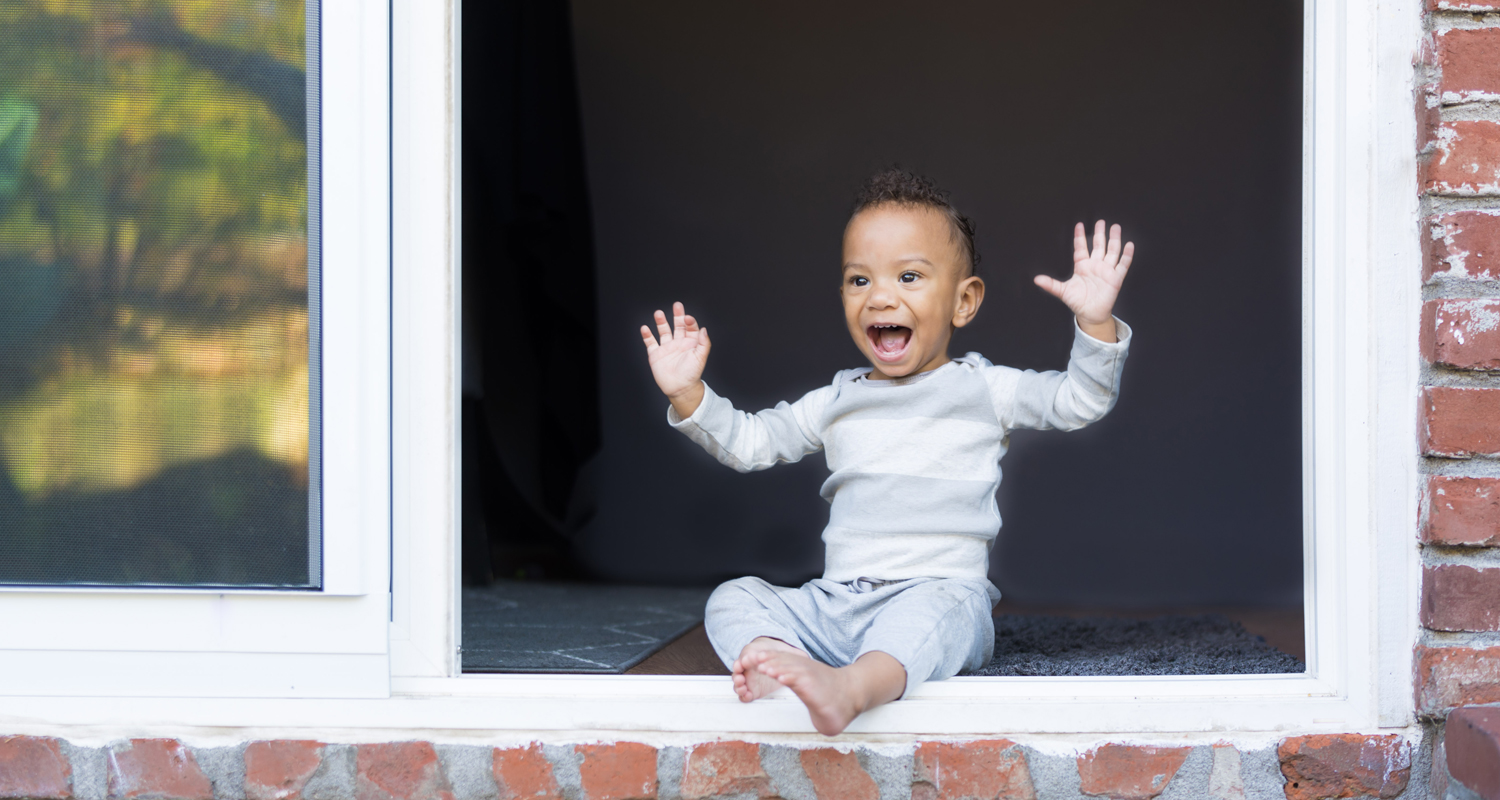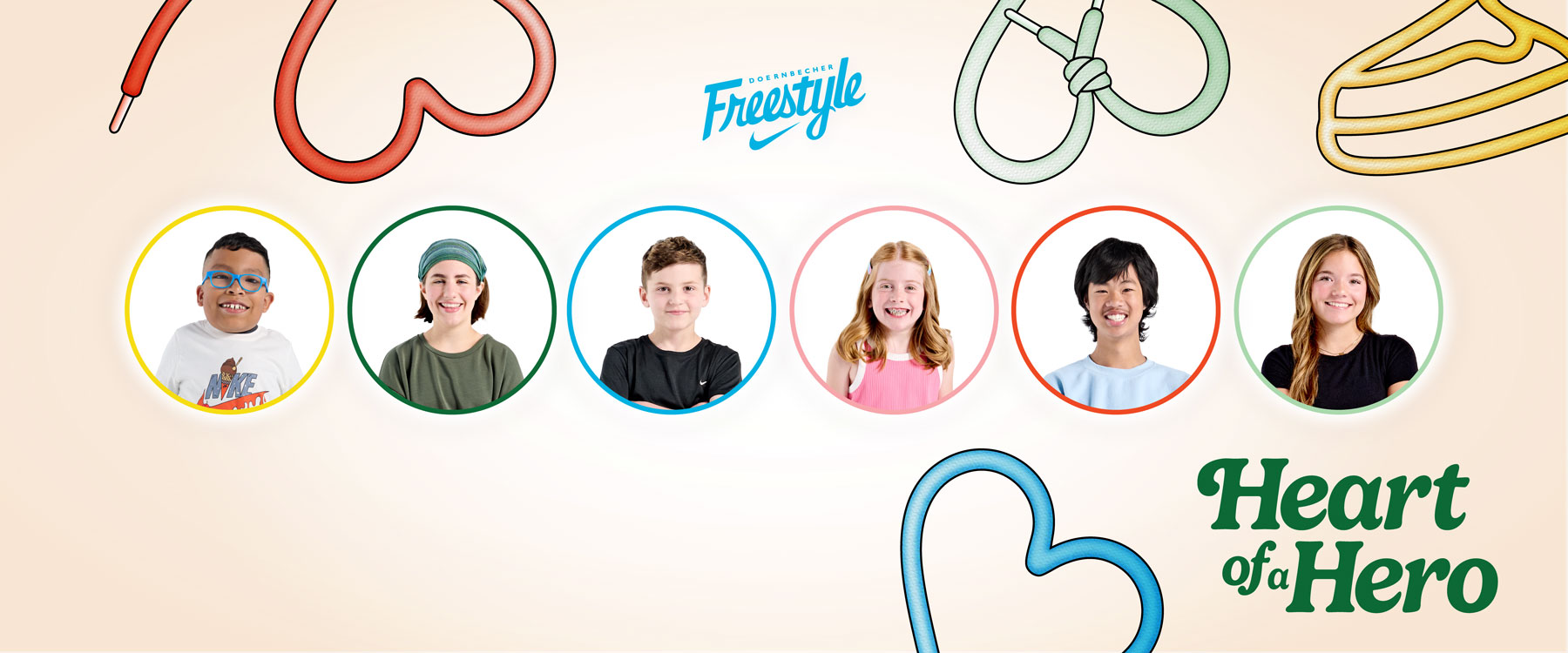On Valentine’s Day weekend in 2020, Kimi Kent found out she was pregnant with her second child — just one year after having her first son.
“I couldn’t believe it was happening again, and so close,” she said. “But my fiancé Chase and I were both really excited.”
Kimi’s first pregnancy with her son Maddux was textbook: when her water broke, her healthy baby boy was delivered just four hours later. Yet her second pregnancy was a completely different experience — one full of life-threatening complications that OHSU Doernbecher Children’s Hospital helped to navigate.
Progressing pregnancy
Four months into her pregnancy, tests showed Kimi had low amniotic fluid, the fluid surrounding and protecting the baby in uterus during pregnancy. Physicians were concerned that Kimi wouldn’t make it to a full-term pregnancy at 37 weeks.
Kimi took time off from work to relax. When she noticed that her hands and feet were so swollen that she couldn’t fit into any shoes, Kimi texted her obstetrician to ask if this symptom was normal. Her physician recommended to check her blood pressure, then head to the hospital.
Kimi’s blood pressure was high: 166/111. High blood pressure in pregnancy can place stress on the mother’s heart and kidneys, leading to heart disease, kidney disease or stroke. It can also be a sign of preeclampsia, preterm birth or placental abruption. After waiting 30 minutes, Kimi tested her blood pressure again — and it was still high. She called her mother to drive her to OHSU.
The medical team monitored Kimi’s blood pressure for four days. All seemed stable, so Kimi was released. Shortly after, Kimi’s blood pressure spiked again and she was readmitted. Her symptoms worsened — Kimi developed an intense headache and abdominal pain to which pain medicine only provided her relief for 20 minutes. Kimi then began showing signs of liver and kidney failure.
“I was terrified. A lot of things were going through my head. I didn’t want to lose the baby, and my baby at home couldn’t lose me.”
Kimi was diagnosed with preeclampsia with HELLP syndrome, a rare and serious complication of high blood pressure during pregnancy. HELLP stands for hemolysis, elevated liver enzymes, and low platelet count, and can lead to kidney and liver failure. The syndrome can be life-threatening for both mother and baby.
Often, the best treatment for women suffering from this complication is to deliver the baby and placenta. Her medical team at OHSU was quick to act. They induced Kimi to begin the process of labor.
After 24 hours, Kimi’s labor still hadn’t progressed. Her medical providers broke her water with the hope of kickstarting contractions. A couple of hours later, Kimi began bleeding, a potential sign that her placenta was detaching. The risks of a placental abruption include uncontrolled bleeding, and can also mean less oxygen and nutrients going to the baby.
It was an emergent, life-threatening situation for both Kimi and her baby. Kimi made the decision to have a Cesarean section immediately, another high-risk procedure with risks of uncontrolled bleeding.
“I was terrified. A lot of things were going through my head. I didn’t want to lose the baby, and my baby at home couldn’t lose me,” she said.
The C-section was successful. Baby Mason was born on July 21 at 27 weeks, and just 2lbs and 5.5 ounces.
At this stage, pre-term babies have underdeveloped organs and often need extra medical care. Mason was considered extremely pre-term, and went straight to the Doernbecher Neonatal Intensive Care Unit for monitoring. He was placed in an isolate, which provides a stable environment for the growth of premature babies.

Kimi wouldn’t get to hold Mason for the first time until a week later.
“It was tough being in the recovery room without my baby,” she said. “It was hard knowing I wasn’t able to hold him or go home with him.”
In addition to having a newborn in the NICU and a one-year-old at home, Kimi and Chase were also navigating the difficulties of COVID-19.
At the time, the NICU limited the number of visitors to lessen risk and exposure to these medically fragile babies. Parents had to isolate personal items in plastic bags and were required to wear masks at infants’ bedsides. Since only one parent could go in at a time, there was added stress of making decisions without your partner present.
“It was already difficult having Mason in the NICU, and with the COVID-19 precautions, it was even harder,” Kimi said. “But I knew he was in good hands the entire time.”
Healthy lungs for a lifetime
As part of Oregon’s academic health center, Doernbecher is the only place in the state where breakthrough pediatric research can quickly translate into new treatments. Researchers are leading clinical trials to improve the standard of care for parents and their babies.
Because Mason was an extremely pre-term baby, his lungs were underdeveloped. He needed to use a continuous positive airway pressure machine (commonly known as CPAP) to help his breathing.
Cindy McEvoy, MD, MCR, is a researcher and physician who studies using CPAP in preterm infants to improve their lung function. Mason was enrolled in Dr. McEvoy’s clinical trial to help his breathing, and to see if an extra two weeks past normal criteria on a CPAP machine would make a difference in his lungs.
“It gave me peace of mind knowing that someone like Dr. McEvoy, who is very well respected, was keeping an eye on my baby and knew exactly who he was,” Kimi said.
Mason’s lungs responded well to CPAP. Once Mason was taken off the machine, he never needed it again. His lungs were now strong enough on their own.
Coming home
After spending 72 days in the NICU — and 62 days on CPAP — Mason was able to come home on Oct. 1.
“It was an amazing day,” Kimi said, smiling. “I am so grateful to have a healthy baby.”

Since Mason’s homecoming, he has had no complications. He loves to play with his rambunctious now-two-year-old brother, Maddux. Mason loves playing in the water, the sandbox and swinging. It’s a lively household, with Mason’s lungs feeling better than ever. “Mason loves to use his lungs — he has this high-pitched scream when excited. His lungs are great,” Kimi laughed.
“I was at OHSU, one of the best hospitals. I had amazing care. They listened to me; I listened to them. We had shared decision-making. I think that’s why both Mason and I are alive today without complications.”
Although Kimi never wishes to be back in the NICU, she admits that sometimes she misses her supportive medical team, and the care and attention the NICU provided for each and every baby.
“I was at OHSU, one of the best hospitals. I had amazing care. They listened to me; I listened to them. We had shared decision-making,” she said. “I think that’s why both Mason and I are alive today without complications.”




